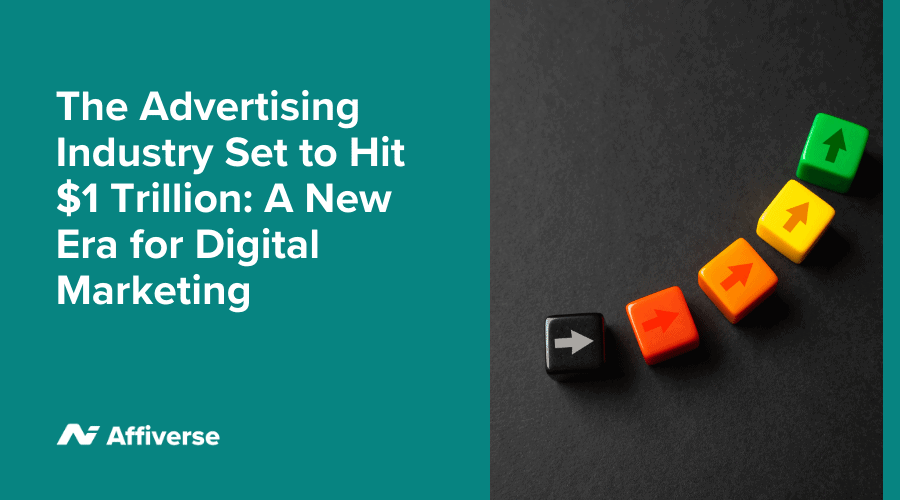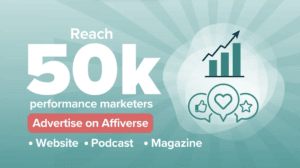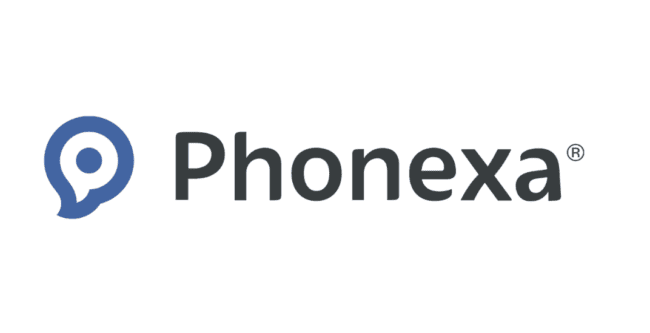The Advertising Industry Set to Hit $1 Trillion: A New Era for Digital Marketing

The advertising world is on the brink of a remarkable milestone. Industry forecasts, such as the GroupM report, suggest that global advertising revenue will surpass $1 trillion in 2025. What’s even more striking is that digital advertising will dominate, accounting for nearly 77% of total ad spending. This signals not just growth, but a profound transformation in how businesses connect with consumers.
For marketers, brands, and agencies, this growth presents both opportunities and challenges. As the digital share of advertising expands, so does the need to understand the forces driving this shift and adapt strategies to stay ahead.
The Shift to Digital
Digital advertising has been on an upward trajectory for years, but the pace of its rise is accelerating. Traditional formats like TV, print, and radio still hold some relevance, but they are being eclipsed by the efficiency, reach, and measurability of digital channels.
The key drivers behind this shift include:
- Mobile-first Audiences: With billions of people accessing content primarily through their smartphones, mobile advertising has become an essential part of marketing strategies. Apps, social media platforms, and mobile-optimised websites have created new opportunities to engage users directly.
- Programmatic Advertising: Automation has revolutionised the way ads are bought and placed, allowing marketers to target specific audiences with precision. Programmatic platforms use data to optimise campaigns in real time, increasing their effectiveness while reducing waste.
- Video Content Boom: Platforms like YouTube, TikTok, and Instagram have shown how engaging video can be. Advertisers are capitalising on this trend, investing heavily in short-form and live video content to reach younger audiences.
- E-commerce Integration: Digital advertising is increasingly tied to online shopping. Social commerce and shoppable ads allow consumers to discover products and make purchases without leaving their favourite apps.
The New Big Players in Advertising
As digital continues to dominate, the makeup of the advertising industry’s biggest players is changing. The so-called “New Big 5” in advertising are largely tech-driven, with companies like Google, Meta (formerly Facebook), Amazon, Apple, and TikTok leading the charge.
These companies have built ecosystems that combine content, commerce, and community, creating advertising platforms that are almost unavoidable for brands. Amazon, for instance, is now a major force in advertising thanks to its retail media network, which offers unique insights into consumer buying behaviour.
Meanwhile, TikTok has emerged as a challenger to established giants like Meta, leveraging its explosive growth to attract advertisers with creative, high-engagement ad formats.
What This Means for Marketers
For those working in marketing, this rapid growth in digital ad spend presents opportunities but also raises the bar for innovation. With more competition for attention, brands can’t rely on cookie-cutter campaigns or old-school tactics.
Here’s what marketers need to focus on:
- Data-Driven Decisions: Access to data is one of the biggest advantages of digital advertising, but using it effectively requires the right tools and expertise. Marketers must balance privacy concerns with the need to personalise their messaging.
- Creative Storytelling: Consumers are bombarded with ads, so creative campaigns that stand out are essential. This means not just showcasing products, but creating experiences and narratives that resonate emotionally.
- Cross-Channel Strategies: People interact with multiple platforms daily, and successful campaigns need to meet them where they are. Integrated strategies that combine search, social, video, and display ads ensure consistent messaging across channels.
- Embracing AI and Automation: Artificial intelligence is no longer optional in advertising. AI tools can optimise targeting, personalise content, and predict consumer behaviour, enabling marketers to achieve better results with less manual effort.
Challenges Ahead
While the growth of digital advertising is exciting, it’s not without challenges. Increased competition for ad space means costs are rising, particularly on platforms like Google and Facebook. Smaller brands may find it harder to compete with larger companies that can outspend them.
Privacy regulations are also reshaping the landscape. Laws like GDPR and the phasing out of third-party cookies are forcing marketers to rethink how they collect and use data. Building direct relationships with consumers and relying on first-party data will become more important than ever.
Looking Ahead
The advertising industry’s journey to $1 trillion is a testament to its resilience and ability to evolve. Digital advertising’s dominance reflects a world where technology, consumer behaviour, and media consumption are constantly changing.
For businesses, the key to success lies in staying agile, embracing new tools and formats, and putting the consumer experience at the centre of every campaign. As the digital share of advertising grows, so too does the potential to reach audiences in ways that are more creative, measurable, and impactful than ever before.
The trillion-dollar milestone isn’t just a number; it’s a marker of how far the industry has come—and a preview of the possibilities that lie ahead.
________________________________________________________________________________________________
 Want to get your PR’s, Thought Leadership or Industry News featured on Affiverse?
Want to get your PR’s, Thought Leadership or Industry News featured on Affiverse?
With over 50,000 visitors in the affiliate and performance marketing industry visiting our site and social media channels, reading our newsletters and listening to our podcast on average each month, Affiverse is the perfect place to share your company news, thought leadership and case studies. Purchase a Basecamp,Summit or Peak Media Package for the year and you can publish your content to our site and reach this audience too! Download our Media Pack to find out more or contact us on [email protected] – today!






